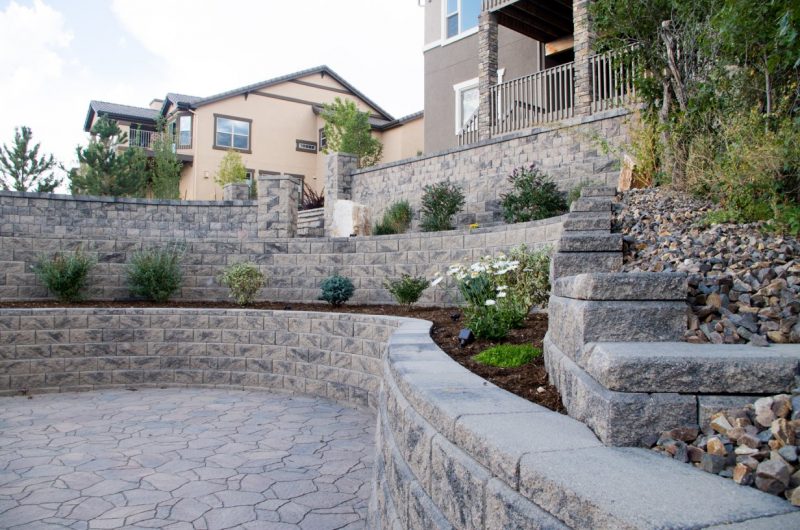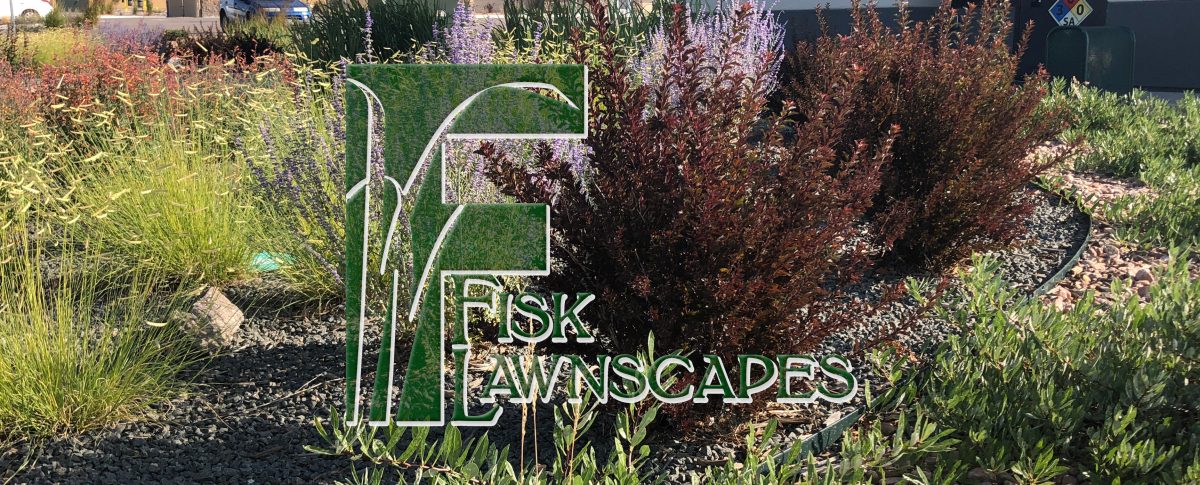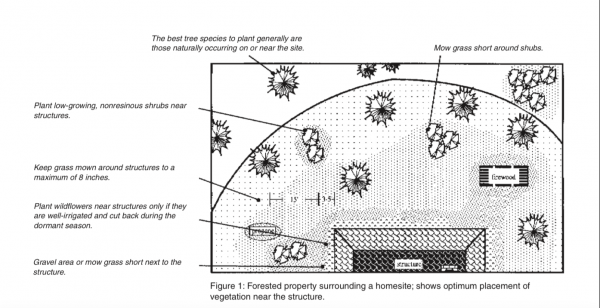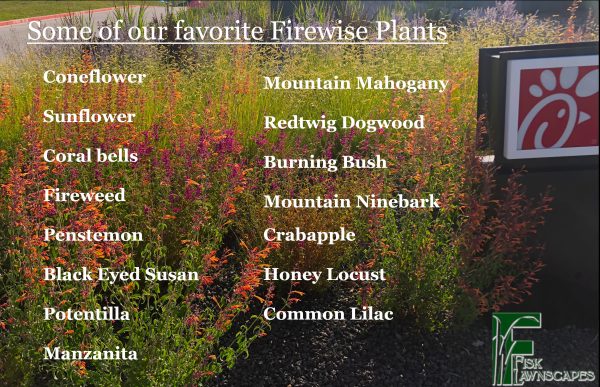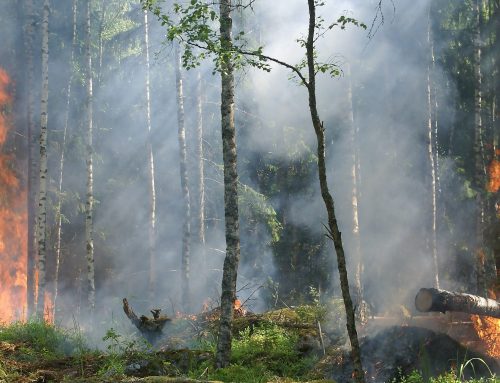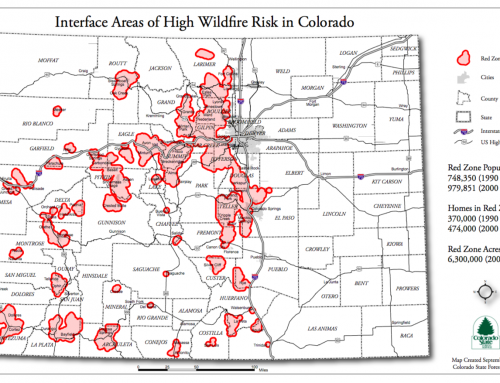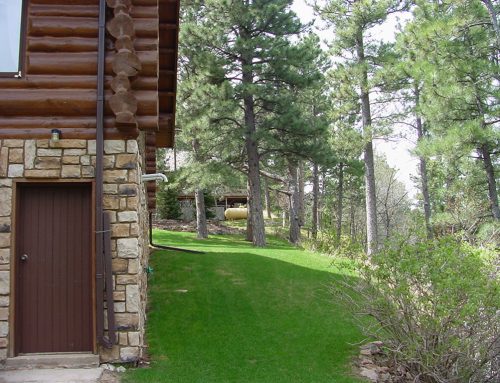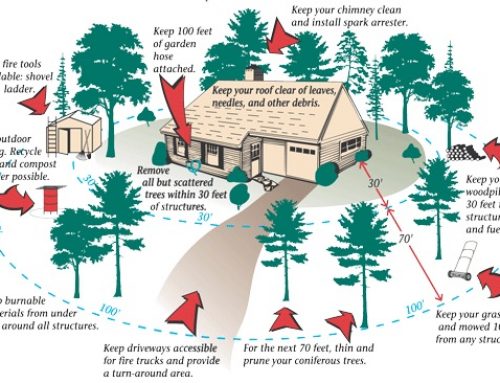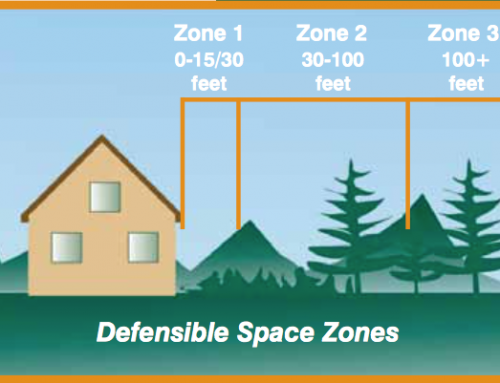In our previous blog, we spoke about 5 steps that you can take to help improve your current home with fire mitigation. But what if your home is a new build and the landscape hasn’t been put in yet? Since the first 30 feet around your home is the most important area for fire mitigation, landscaping is an obvious candidate for helping create a fire barrier. Additionally, a home has defensible space is more likely to be chosen by firefighters as they will have room to work. In this blog, we will explore some various ways to do this. If your home is in the Wildlife Urban Interface, this is especially important for you.
Plantings
The below image is a great example of how you should plant around your home. Shorter, less flammable plants should be closest to your house, while taller and larger shrubs should be further from your home. These shrubs should be fairly spread out instead of bunched together and beds should have some separation from each other. Don’t plant under windows, vents, or decks, where fire could easily move from the shrubs to your structure. Planting correctly reduces ladder fuels and the risk of fire spreading to your home. Make sure you look at this list when choosing your plants:
Mulch and Rock
Use decorative rock as an attractive way to break up areas. Creek beds, boulders, rock beds with mulch around individual plants, etc. are all great options. Additionally, many ground cover plants can often provide more appeal in rock areas, and are often more fire resistant than other plants. Mulch is also helpful for keeping moisture in beds and plants, as long as it is not directly next to a building. Our favorite is Washington Cedar mulch from Pioneer Sand (picture, link). Because the mulch is shredded instead of chipped, it is less resistant to being blown around. Though using pine needles as mulch is popular throughout parts of the country, it is not preferred in Colorado as they are more hazardous.
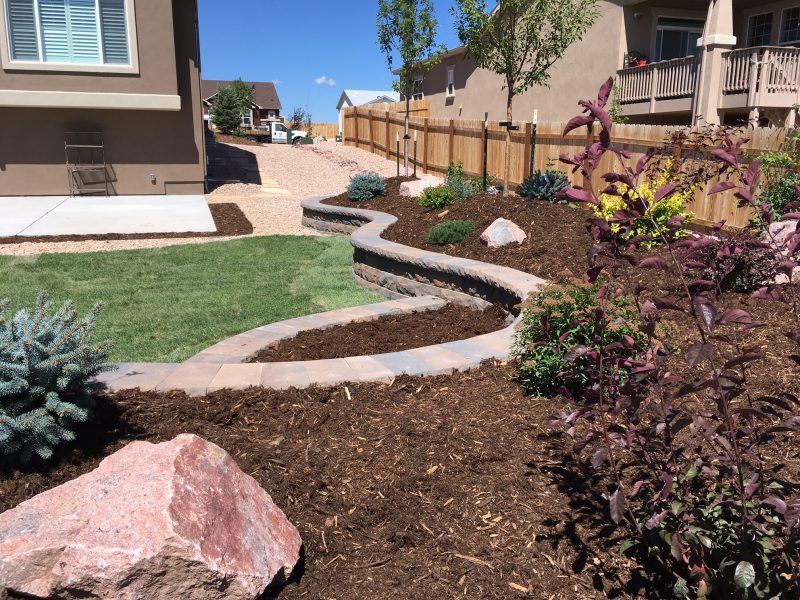
Grass
Make sure to keep the grass around your structures at 8 inches or less. Cutting it more often and irrigating it will help reduce the spread of fire. Grass in Colorado dries out very quickly, and the taller the grass is, the more quickly fire can spread.
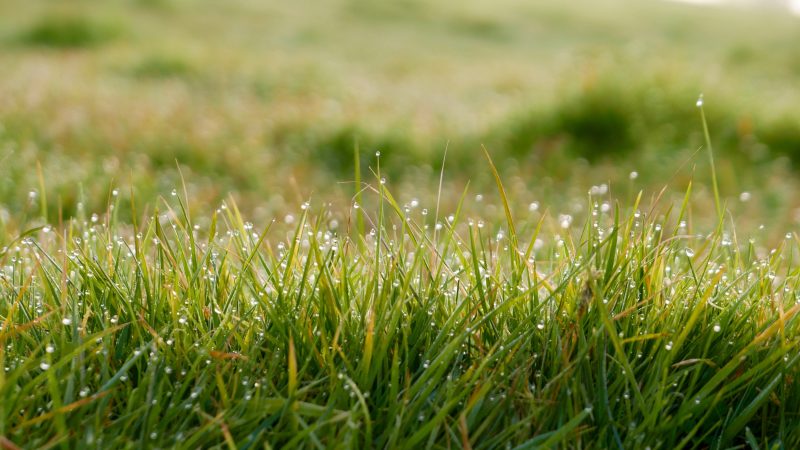
Trees
When planting new trees around your home, don’t only visualize how they are now, but how they will be 20 years from now! Trees grow significantly, and making sure that they are not too close to your home or other trees when they are fully grown is important. At least 10 feet between crowns is ideal for fire prevention. Make sure to pickup fallen leaves and needles shortly after leaf drop!
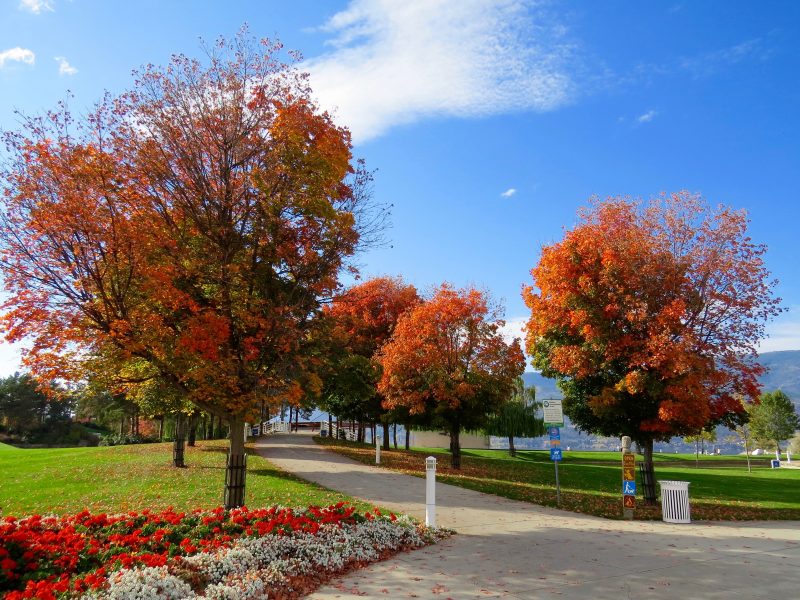
Decks and Patios
Decks and patios are a great way to enjoy Colorado’s summer nights. They are even better enjoyed when these are built out of concrete or stone, as opposed to wood. Hardscaping is a growing industry throughout the United States and with good reason. Not only are the materials more durable and less flammable than wood, but they can become beautiful pieces of art.
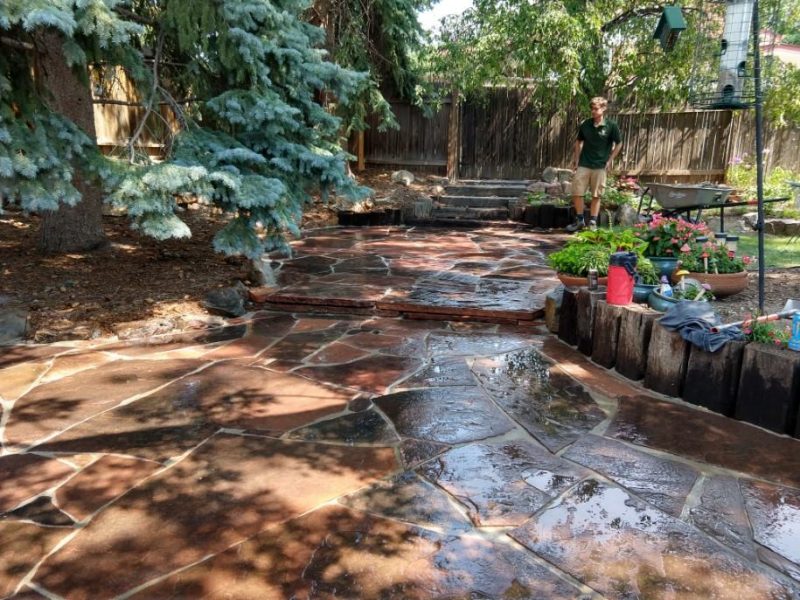
Retaining Walls
The topography in Colorado can vary from as close as one home to the next, and steep slopes are not uncommon. Building retaining walls in these areas, where appropriate, can help act as a fire barrier, as well as provide more usable space and hill retention.
